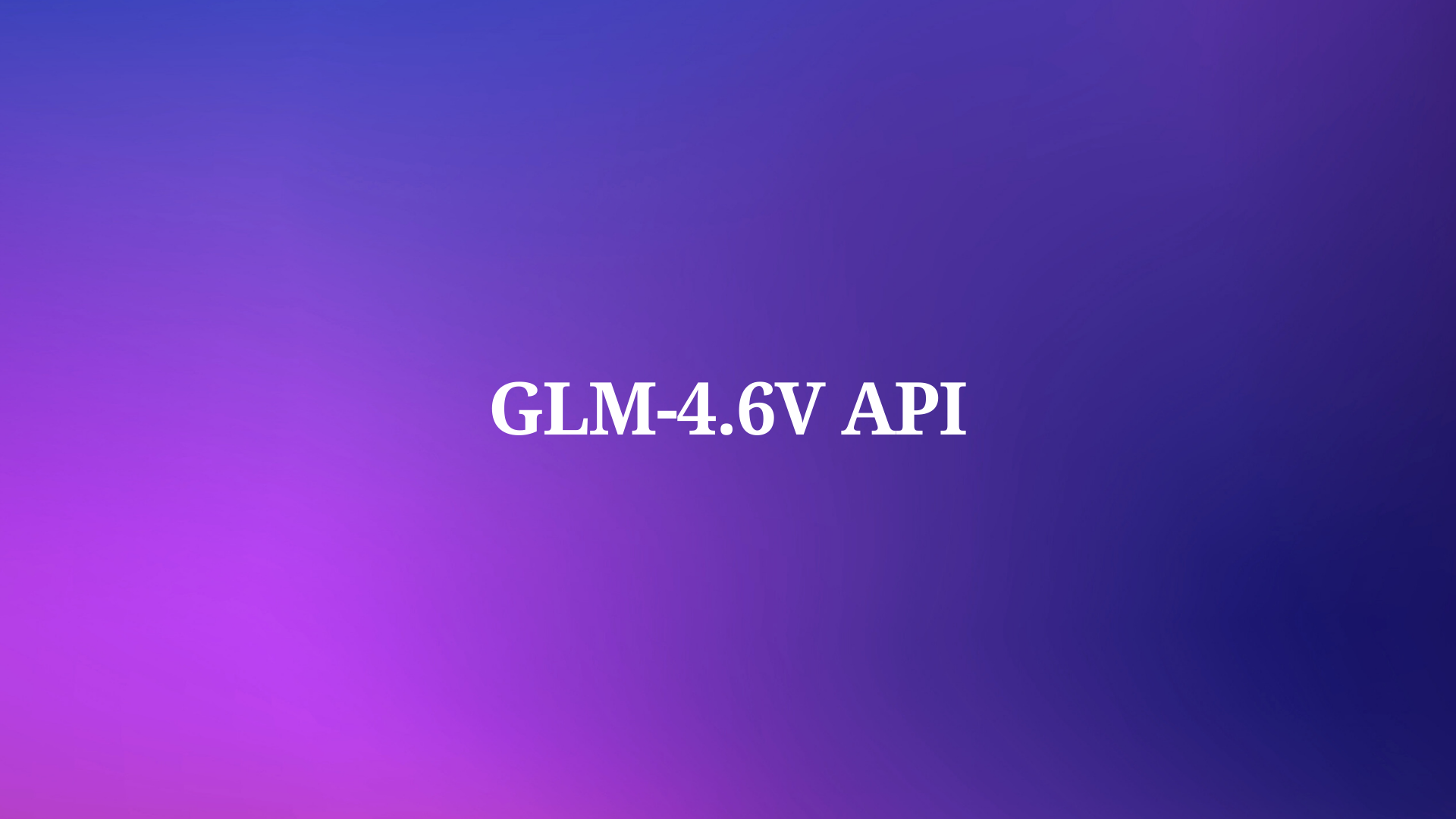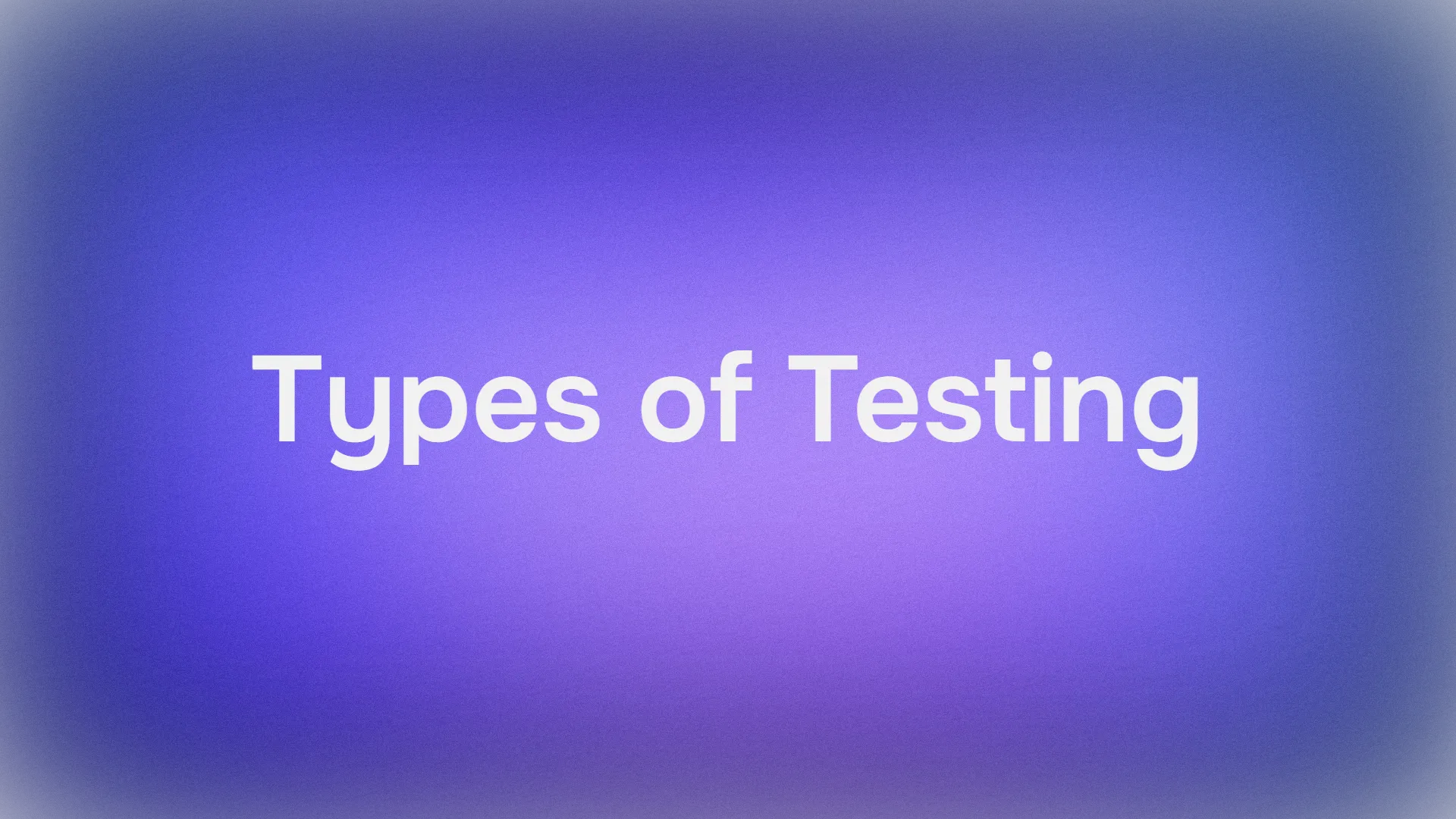Embarking on the journey of optimizing API documentation? This guide provides step-by-step insights into setting up apiDoc, offering a comprehensive resource for enhancing your API development process. Dive in to streamline and elevate your documentation capabilities.
What is apiDoc?
ApiDoc is an open-source REST API documentation tool that effortlessly generates comprehensive documentation directly from API descriptions embedded within source code. Compatible with a wide range of programming languages that support block documentation, it offers a versatile solution for streamlined documentation processes.
The Features of apiDoc:
- Automated Documentation: Automatically generates REST API documentation from embedded source code descriptions.
- Source Code Compatibility: Works seamlessly with diverse programming languages supporting block documentation.
- Open-Source Flexibility: Open-source framework for collaboration and adaptability across different projects.
- User-Friendly Output: Produces clear and accessible documentation for developers integrating with the API.
- Efficient Workflow: Streamlines the documentation process, ensuring consistency and saving
How to Setup apiDoc? (An Ultimate Guide)
Setting up apiDoc involves a few steps, including installation, annotating your API code, and generating documentation. Here's a step-by-step guide with an example:
Step 1. Install apidoc on Windows 10
To install ApiDoc on Windows 10, you'll need to use the Node Package Manager (npm), which comes with Node.js. Here are the steps to install ApiDoc on Windows 10:
- Install Node.js: If you haven't already, download and install Node.js from the official website: Node.js Download
- Open Command Prompt or PowerShell: Once Node.js is installed, open either Command Prompt or PowerShell on your Windows machine.
- Install ApiDoc: In the command line interface, use the following command to install ApiDoc globally:
npm install -g apidoc
This command installs ApiDoc globally, allowing you to use it from any directory on your machine.
4. Verify Installation: After the installation is complete, you can verify it by checking the installed version:
apidoc -v
This command should display the installed ApiDoc version.
Step 2: Create a Node.js Project
Create a new directory for your Node.js project and navigate into it using the command line:
mkdir my-api-project
cd my-api-project
Step 3: Initialize a Node.js Project
Run the following command to initialize a new Node.js project. This will create a package.json file:
npm init -y
Step 4: Install apiDoc
Install apiDoc as a development dependency:
npm install apidoc --save-dev
Step 5: Annotate Your API Code
Create a file (e.g., app.js) with a simple Express.js API and add apiDoc annotations:
// app.js/**
* @api {get} /api/greet Get a Greeting
* @apiName GetGreeting
* @apiGroup Greetings
*
* @apiSuccess {String} message A welcome greeting.
*/const express = require('express');
const app = express();
const port = 3000;
app.get('/api/greet', (req, res) => {
res.json({ message: 'Welcome to the API!' });
});
app.listen(port, () => {console.log(`Server is running at http://localhost:${port}`);
});
Step 6: Configure apiDoc
Create a apidoc.json configuration file in your project's root directory:
// apidoc.json{"name": "My API Documentation","version": "1.0.0","description": "Documentation for my API","title": "My API Docs","url": "http://localhost:3000"}
Step 7: Generate API Documentation
Run the following command to generate API documentation based on your annotations:
npx apidoc -i . -o docs
This command tells apiDoc to look for annotated source code files in the current directory (-i .) and output the generated documentation to the docs/ directory (-o docs).
Step 8: View the Documentation
Open the generated documentation in your browser.
Apidog: Beyond a Powerful API Documentation Tool
ApiDoc simplifies API documentation through its automated generation process, ensuring clarity and consistency in documenting endpoints and their specifications. For debugging, testing, and implementing data mocking, consider Apidog as a notable companion tool. Apidog seamlessly integrates with apiDoc files, allowing one-click import and facilitating automated testing and various testing scenarios.

Apidog is a modern API documentation tool addressing the limitations of Postman and Swagger. It prioritizes documentation and design frameworks while enhancing collaboration and integration within team workflows. The platform empowers developers to design, document, and test APIs with an intuitive interface and robust automation features, simplifying the maintenance of API documentation.

The Key Features of Apidog
- Seamless API Design: Visually design beautiful API docs with reusable schemas that sync in real-time.
- Visual Documentation Generation: Create visually appealing documentation through Apidog's visual interface, simplifying the documentation creation process.
- Version Control: Apidog supports version control, allowing developers to manage and track changes to API documentation over time.
- Simplified Debugging: One-click debugging with auto validation of response structures, fully Postman compatible.
- Automated Testing Made Easy: Graphical test flows with effortless imports, custom assertions, data driving, and more.
- Collaborative Documentation: Auto-publish docs with real-time sync, customizations, and public sharing.
- Smart API Mocking: Auto-generated mocks with dynamic responses based on parameters and scripts
Conclusion
This comprehensive guide on setting up apiDoc offers step-by-step insights for optimizing API documentation. For advanced features and enhanced capabilities, consider exploring Apidog—a powerful companion tool with OpenAPI compliance, visual documentation generation, and support for version control, making it an excellent choice for a robust API development experience.




